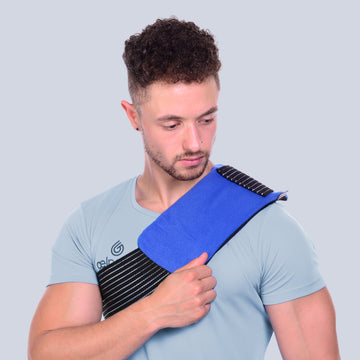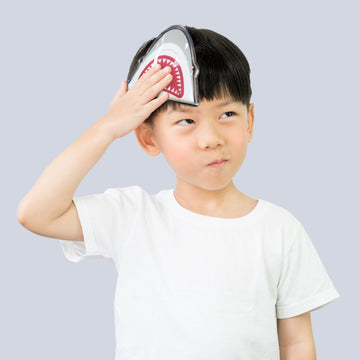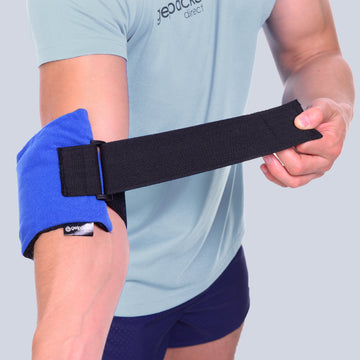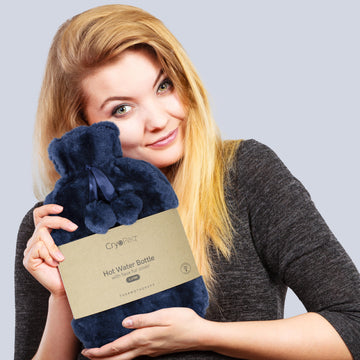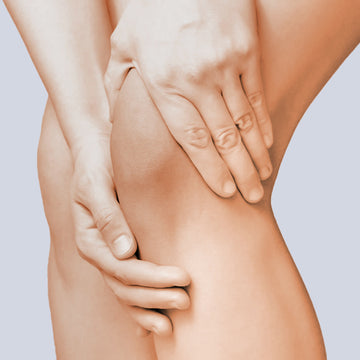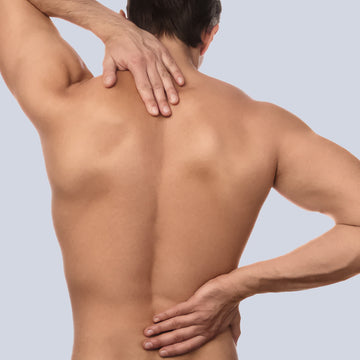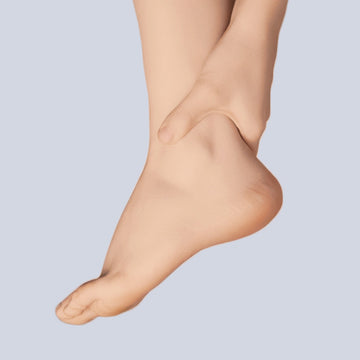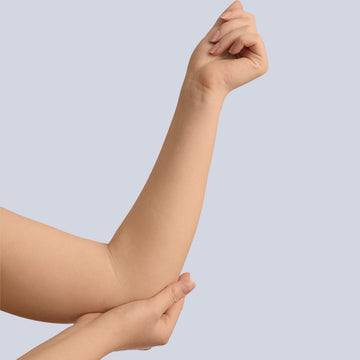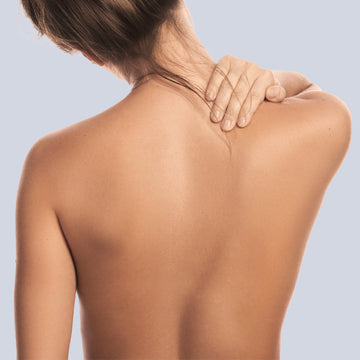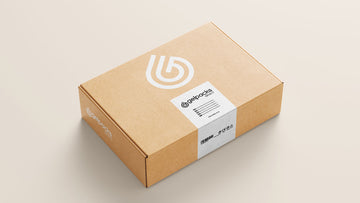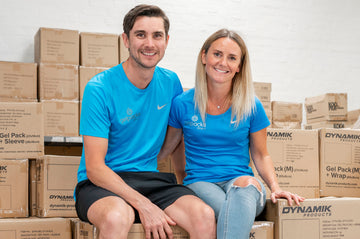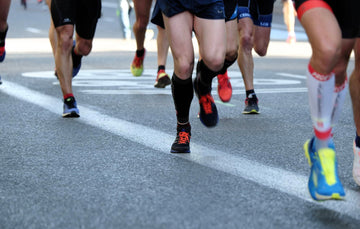Posted by Tia Patel | Dec-17-2020
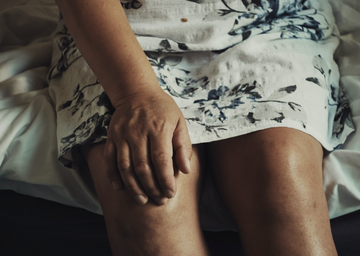
How to Manage Knee Pain
Knee pain is a common condition that can be caused for a number of reasons - whether it's a sports injury, long term knee pain or as a result of surgery. Cold climates make knee pain worse and managing knee pain in winter when it's dark, windy and rainy can prevent us doing the activities we love meaning we move less, sit more and our knees hurt.
We’ve got 10 home remedies for knee pain so you can get relief from knee pain naturally and continue with life and doing the things we were born to!
RICE
For knee pain resulting from a soft tissue injury to the area, such as a sprain, the RICE technique is recommended. This is: Rest to reduce the risk of further injury and giving injured tissues time to heal. Icing the injured area to reduce swelling and inflammation. It should be wrapped in a cloth and applied for 20 minutes several times on the first day of injury. Never put ice directly on the skin, as this can lead to further damage and ice burns. Compress with a knee support, for example, can increase comfort levels. The support or bandage should be firm but not tight. Elevation, or keeping the leg raised, will encourage circulation and reduce swelling. Ideally, the knee should be above the level of the heart.
Tai Chi
Multiple studies have found that the low-impact exercise of Tai Chi significantly reduces knee pain in people with knee osteoarthritis. This ancient chinese therapy is a mind-body exercise which works by aligning the knees through slow motions and weight shifting to improve musculoskeletal strength and joint stability. In turn reducing the impact on your knees in day to day activities and reducing overall pain.
Exercise
Whilst it may be tempting to ditch exercise whilst experiencing pain, low impact exercises can actually benefit your body and the pain you experience. Being physically active boosts the health of cartilage tissue with exercise also strengthening the way the body supports the joints. Strengthening the upper leg muscles and quads is especially beneficial for the knees in supporting and providing cushioning to protect the knee joint. Stretching exercises will also help to loosen up the joints, allowing blood to travel more freely to painful areas and relieving pain. People with joint pain can benefit from activities such as water aerobics, as this puts little strain on the knees.
Weight Management and Eating Well
Being overweight adds to the physical strain on your body, putting you at higher risk of knee pain with an increase in inflammation throughout the body, causing further pain in your joints. By having a healthy balanced diet that is high in fruit, vegetables and fibre and low in mean, animal fat and other fat,you maintain a healthy weight, healthy body and the amount of pain.
Apple Cider Vinegar, Ginger, Turmeric and Anti-inflammatory foods
Some studies suggest that apple cider vinegar has anti-inflammatory properties that can help to get relief from chronic pain like arthritis. It helps to restore the lubrication in the joints, which reduces the pain and makes it easy for you to move your legs. Mix half-a-cup of ACV in a glass of water and drink the concoction daily before going to bed.
Other anti-inflammatory foods such as ginger and turmeric are also all natural pain solutions for knee pain which can be used in similar ways for their pain relieving properties.
Acupuncture
Acupuncture is a type of traditional Chinese medicine in which thin needles are strategically placed into specific points in your skin. It may sound like something far from relaxing, but advocates and acupuncturists alike say that the treatment allows your body’s energy to flow better. They claim that by helping your internal energy flow, you can reduce stress and possibly even heal specific pain.
Lower Stress Levels
Everyone has stress, but letting it pile up can have physical effects on anyone. If you have a painful condition like osteoarthritis, a degenerative joint disease characterized by the deterioration of cartilage in your joints, the extra stress can add to the pain you feel in your hands, knees, and other joints.
Massage and Aromatherapy
Massage, including self-massage, may relieve knee pain. These should be done in a seated position with the knees pointing forward and the feet flat on the floor.
- Loosely closing the hands into fists, tap the upper, lower, and middle thigh 10 times with both hands. Repeat three times.
- Sitting with the feet flat on the floor, place the heel of the hand on the top of the thigh and glide it as far as the knee, then release. Repeat five times. Do the same for the outer and inner sides of the thigh.
- Press four fingers into the knee tissue and move up and down five times. Repeat all around the knee.
- Place the palm of the hand on top of the thigh, glide it down the thigh, over the knee and back up the outer thigh.
Massaging the thigh muscles will have a beneficial impact on the knee.Using essential oil for massaging your knees is even more effective. As per some studies, ginger and orange essential oils work quite well in getting rid of knee pain. It releases stiffness and reduces pain in the affected part.
Epsom Salt bath
Epsom salt contains magnesium and sulfate which are both powerful pain-relieving agents. It reduces swelling and alleviates the pain. You can put a spoon of Epsom salt in your bath water and soak yourself in it for 30 minutes.
Hot and cold therapy
Heat and cold can be effective in treating pain in the knee and has been recommended to ease joint pain that results from arthritis. Heat relaxes muscles and improves lubrication, leading to a reduction in stiffness. Use a hot water bottle or a warm pad. A cold gel pack, can reduce pain, inflammation, and swelling.
Some people may use heat to improve mobility in the morning and reduce swelling later in the day.
Whichever method you choose to use, don't let knee pain get in the way of living.
#TeamGPD
